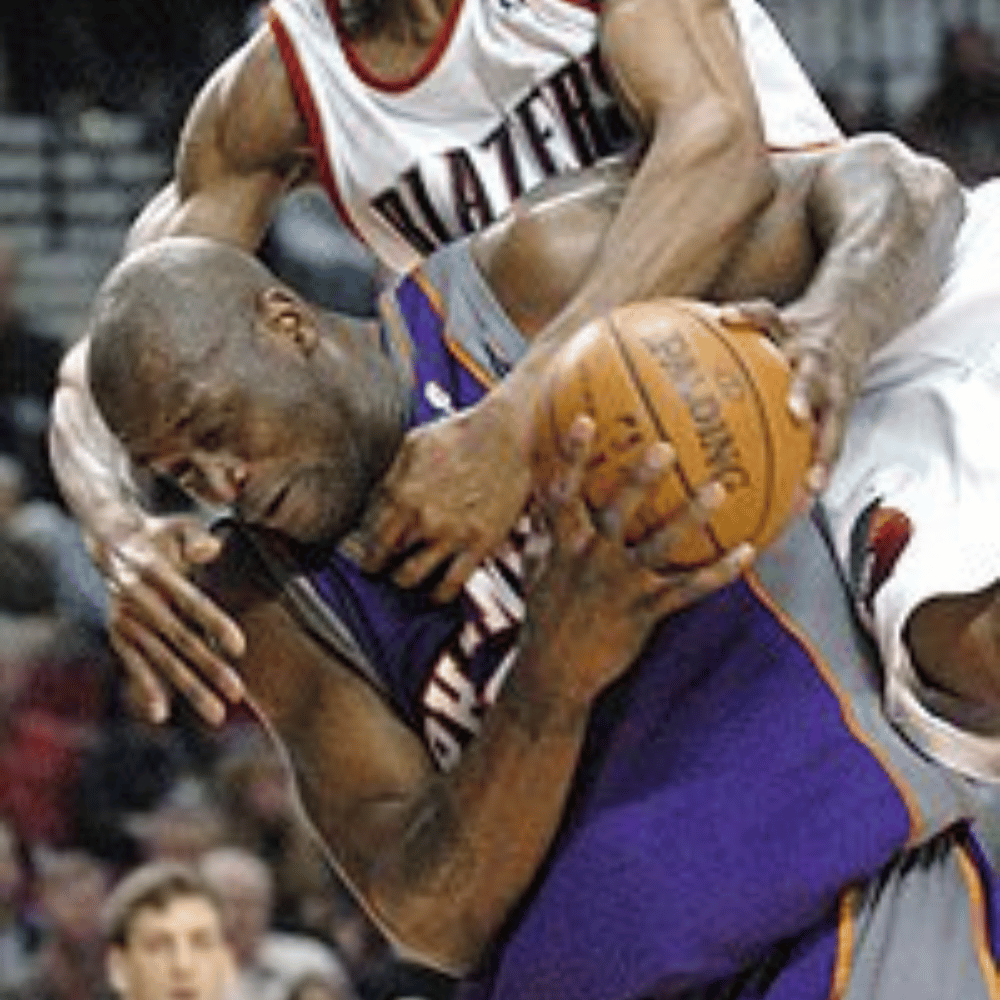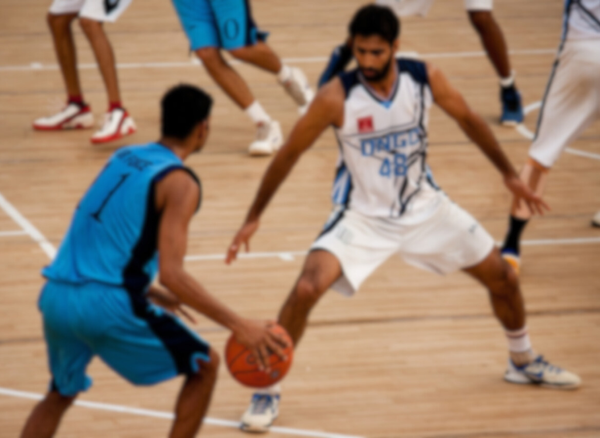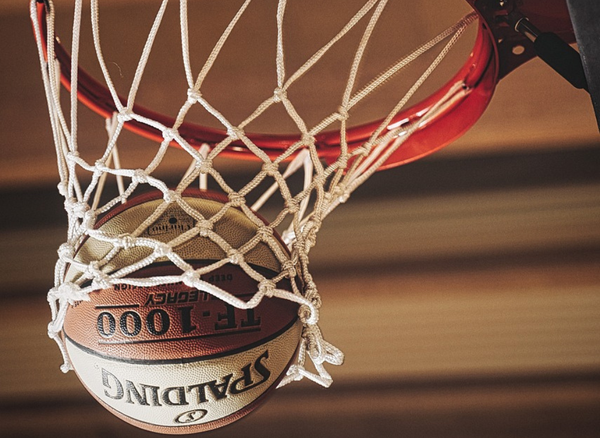Basketball is a game of giants, a symphony of squeaking sneakers, and a showcase of gravity-defying dunks. But amidst the high-flying action, there's a tactic that's less about finesse and more about... well, hacking. No, we're not talking about cybercrime; we're talking about the kind of hacking that turns the hardwood into a chessboard of calculated fouls and free throws. Let's dive into what hacking means in basketball.
Intentional Foul
Imagine you're watching a nail-biter of a game. The clock is ticking down, and the score is tighter than the lid on a pickle jar. Suddenly, a defender lunges at an offensive player who's more likely to miss a free throw than hit the broad side of a barn. That, my friends, is hacking in its purest form.
Hack-a-Shaq
The term "Hack-a-Shaq" rolls off the tongue like a catchy tune, and it's named after none other than the legendary Shaquille O'Neal. Shaq was an unstoppable force in the paint but had a free throw shooting technique that made fans cover their eyes. Enter the San Antonio Spurs coach, who turned Shaq's Achilles' heel into a full-blown strategy.

By intentionally fouling Shaq, teams hoped to trade a potential easy layup for a less certain point or two at the foul line. It was a gamble, but when it worked, it was like hitting the jackpot with a pocketful of quarters.
It's like betting on a tortoise in a footrace – the odds are in your favor.
The Ripple Effect on the Game
When a team employs the hacking strategy, it's like throwing a wrench into the gears of the game. The pace slows down, the rhythm stutters, and the excitement of a fast break is replaced by the monotony of free throw attempts. It's a bit like watching paint dry, but with more jerseys. Coaches like the Spurs' mastermind would use this tactic to disrupt the offensive efficiency of teams with players like DeAndre Jordan or Dwight Howard, who could dominate the game but clanked free throws like a toddler with a toy drum.
The Evolution of Hacking Rules
The NBA, ever the watchful guardian of the game's integrity, decided that hacking was about as enjoyable as a flat soda. So they tweaked the rules. Now, in the last two minutes of a game, if you hack a player, the other team gets one free throw and retains possession. It's like telling a mischievous child that if they pull the cat's tail again, they'll lose dessert. The rule change aimed to preserve the flow of the game and ensure that hacking didn't become the go-to move for desperate teams.
Hacking: A Double-Edged Sword
Hacking is a bit like playing with fire – it can keep you warm or burn your house down. On one hand, it can help a team claw back from the brink of defeat by targeting the opposing team's weak link. On the other hand, it can backfire spectacularly if the player at the free throw line decides to channel their inner Steph Curry and sink both shots. It's a high-stakes game of risk and reward, where the roll of the dice can either be a stroke of genius or an epic facepalm moment.
The Controversy Surrounding Hacking
Not everyone is a fan of hacking. Some say it's unsportsmanlike, a cheap trick that's about as fair as a boxing match with a kangaroo. Others argue it's a legitimate strategy, a clever exploitation of the rules that separates the savvy coaches from the also-rans. Whether you love it or loathe it, hacking is a part of basketball that can turn the tide of a game faster than you can say "foul."
The Future of Hacking in Basketball
As the game evolves, so too does the art of hacking. Players like Ben Simmons and Rudy Gobert, who have struggled at the line, know all too well the sound of the hacking drumbeat. But as they work on their free throw shooting, the strategy may become less effective. It's a cat-and-mouse game where the mice are getting better at dodging the traps.
Basketball Hacking FAQs
Why do teams use the hacking strategy in basketball?
Teams use the hacking strategy to exploit the poor free throw shooting of certain players, hoping to gain possession of the ball without allowing an easy score.
How has the NBA addressed the issue of hacking?
The NBA has implemented rule changes, such as awarding one free throw and possession of the ball in the last two minutes of the game if a player is intentionally fouled away from the ball.
Can hacking backfire on the team using the strategy?
Yes, hacking can backfire if the fouled player manages to hit their free throws, or if it leads to the team committing too many personal fouls, putting the opposing team in the bonus early.
Summary
Hacking in basketball is a strategic move where teams intentionally foul poor free throw shooters to gain an advantage. While it can be an effective way to stifle an opponent's momentum and offensive efficiency, it's also a controversial tactic that has prompted rule changes in the NBA. Whether you view it as a clever play or a blight on the beauty of the game, hacking is an undeniable part of basketball's strategic landscape.









